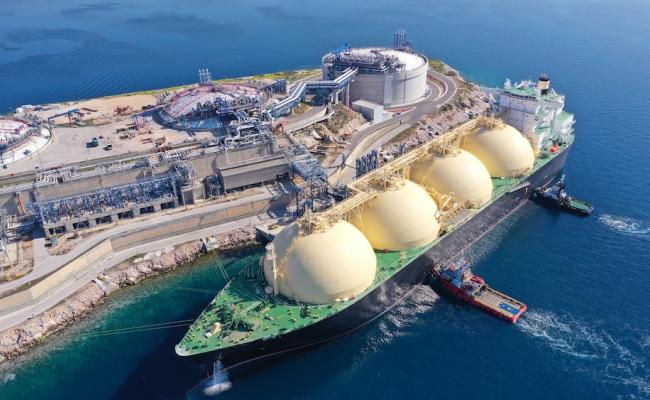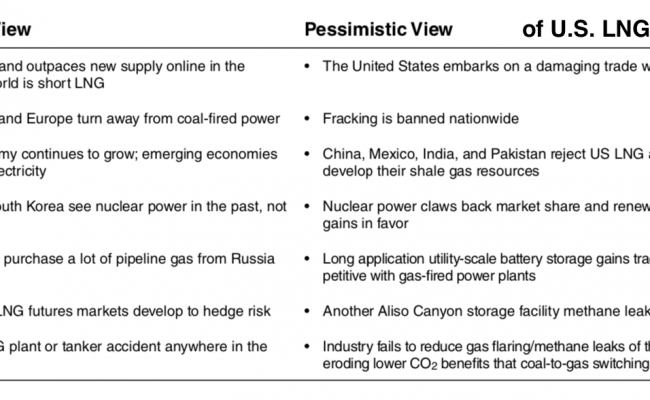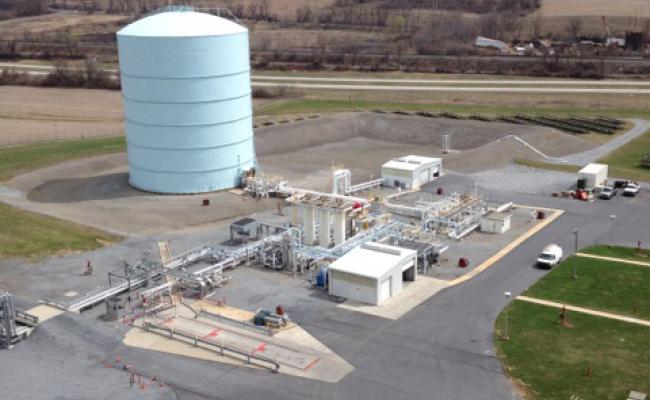From Shale to Ship: The Potential for Lower Carbon U.S. LNG Production
The author argues that the production of lower-carbon US LNG will occur with or without the cooperation of the LNG, oil, and natural gas industry. However, this transition will be less costly and happen faster if US companies change decades-old practices and how they approach the siting of LNG and interstate natural gas pipelines. Read full article in the Climate and Energy Journal. Read more



